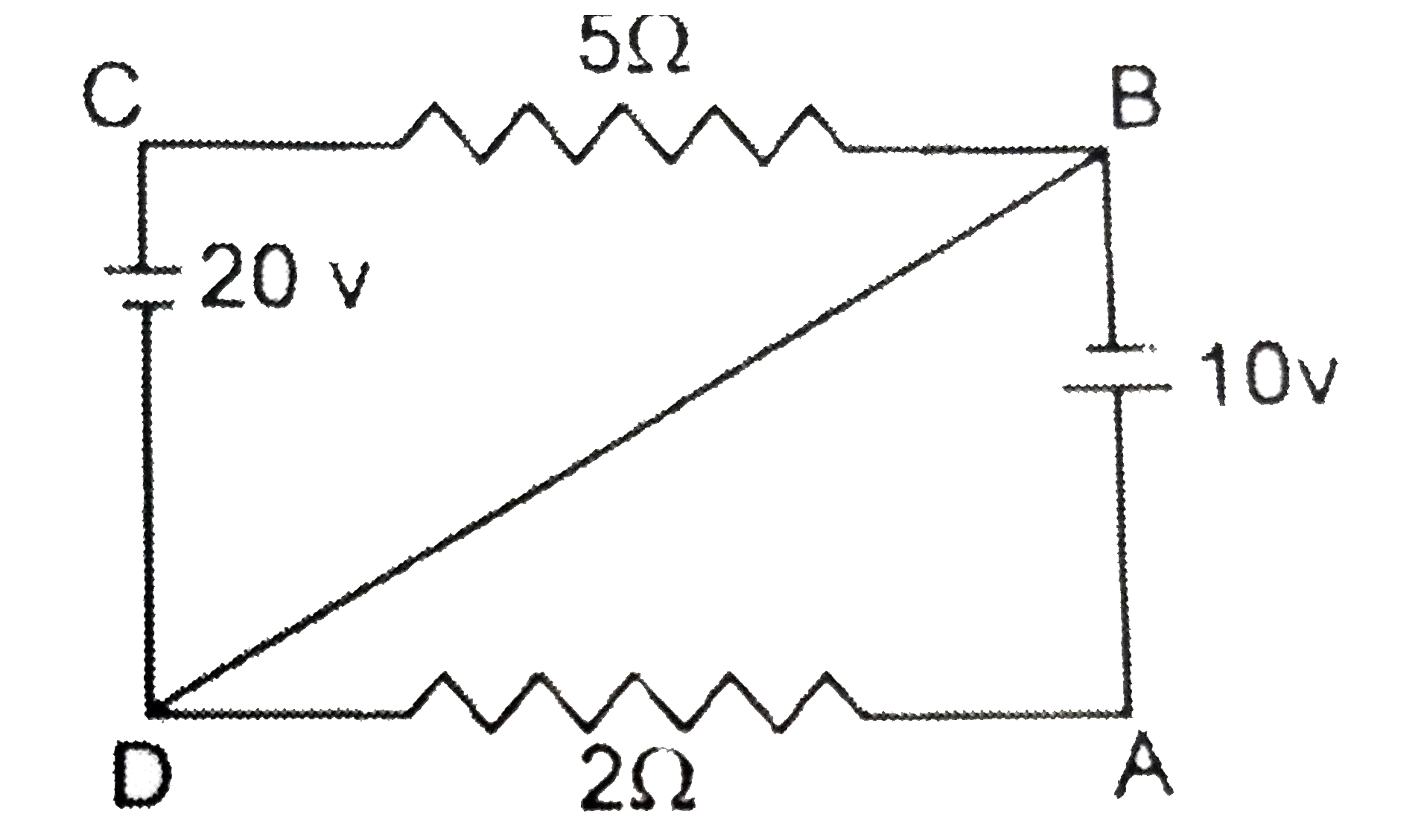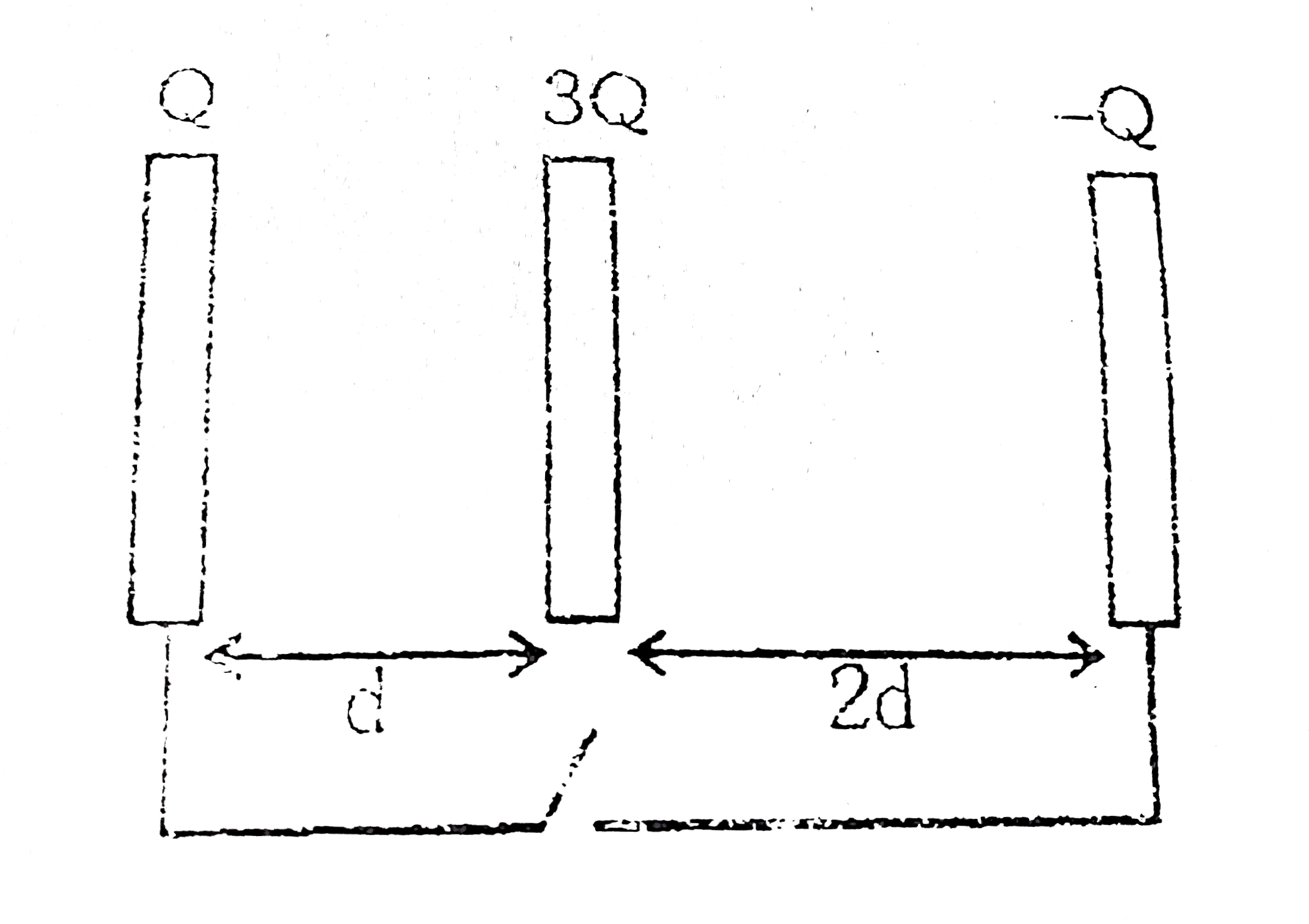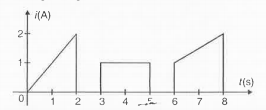If charge flown through a wire is given by q=3sin(3t), then
Q. Find out the current flown through the wire at t=π9 second.
4.5Amp
4.5√3Amp
√3/√2Amp.
9Amp
The correct Answer is:A
i=dqdt=3×3cos(3t)⇒i∣t=π9=9cos(3.π9)
=9cos(π3)=92A
Topper's Solved these Questions
- DAILY PRACTICE PROBLEMSBOOK - RESONANCE ENGLISHCHAPTER - DAILY PRACTICE PROBLEMSEXERCISE - DPP NO 7 PHYSICS
4 Videos
- DAILY PRACTICE PROBLEMSBOOK - RESONANCE ENGLISHCHAPTER - DAILY PRACTICE PROBLEMSEXERCISE - DPP 8 PHYSICS
7 Videos
- DAILY PRACTICE PROBLEMSBOOK - RESONANCE ENGLISHCHAPTER - DAILY PRACTICE PROBLEMSEXERCISE - DPP NO. 5 Physics
6 Videos
- CURRENT ELECTRICITYBOOK - RESONANCE ENGLISHCHAPTER - CURRENT ELECTRICITYEXERCISE - Exercise
53 Videos
- ELASTICITY AND VISCOCITYBOOK - RESONANCE ENGLISHCHAPTER - ELASTICITY AND VISCOCITYEXERCISE - Advanced Level Problems
9 Videos
Similar Questions
If charge flown through a wire is given by q=3sin(3t), then
Q. Find out the amount of charge flown through the wire at t=(π6) seconds.
View SolutionIf charge flown through a wire is given by q=3sin(3t), then
Q. Find out the amount of charge flown through the wire at t=(π6) seconds.
View SolutionIf charge flown through a cross section of wire in one direction 0 to t is given by q=3sin(3t) then
Find out the area under i−t curve from t=π9 to t=π6 seconds :
View SolutionIn the figure given beside find out the current in the wire BD

View SolutionCharge through a cross-section of a conductor is given by Q=(2t2+5t)C. Find the current through the conductor at the instant t=2s.
View SolutionThe current through an inductor of 1H is given by i=3tsint. Find the voltage across the inductor.
View SolutionThe current through an inductor of 1H is given by i=3tsint. Find the voltage across the inductor.
View SolutionIf a current of 0.5 apere flows through a metallic wire for 2 hour then how many electrons flow through the wire ?
View SolutionWhen the switch is closed find the charge flown through switch?

View SolutionThe plot represents the flow of current through a wire at three different times. The ratio of charges flowing through the wire at different time is

View Solution
